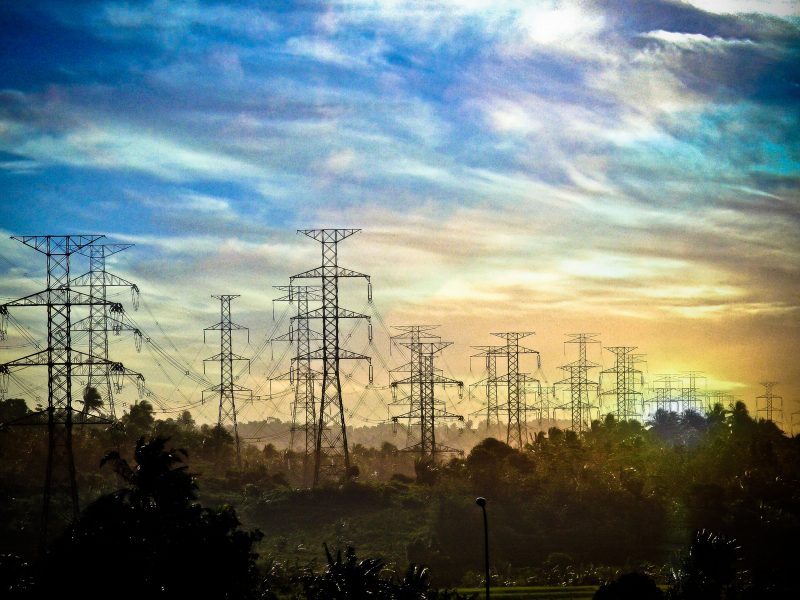China has had another mixed report card in regard to global warming, with news of both positive and negative developments in the first half of 2022.
The positive news was “record-breaking clean energy installations and some promising policy action”, according to a new report on Wednesday by the Centre for Research on Energy and Clean Air (CREA) and Global Energy Monitor (GEM).
The negative news was the country approved 15 gigawatts of new coal-fired power capacity and another 30 million tonnes of coal-based iron-making capacity in the first half, the report said, despite falling power and steel demand over the period.
China endorsed $26-33 billion worth of investment in the coal power and steel sectors in the first six months, research by the two groups found. The report said this raised the risk of more “stranded assets” as Beijing races to meet its carbon goals.
“Although the ramp-up of coal might be a short-term policy adjustment, it poses a risk to China’s long-term climate commitments,” CREA researcher Xinyi Shen said.
China has been approving more coal projects following a wave of power shortages paralysed large parts of the economy last year, and in recent months.
Coal production over the first eight months of the year reached 2.93 billion tonnes, up 11% on the same period last year, offsetting a decline in imports. The country has also raised production capacity at its coal mines by 490 million tonnes since last year.
ALSO SEE: US Lawmakers Seek Power to Block Investment in China
More Flexible Grid Needed
But instead of building more plants, China needs to create a more flexible electricity system and boost storage to help distribute power where it is needed, the CREA-GEM report recommended.
Droughts and heatwaves caused power shortages in hydropower-reliant areas such as Sichuan recently, it said. “This exposed weaknesses and rigidities in China’s electrical grid management: Sichuan continued to export large amounts of electricity to the east, while rationing consumption within the province.”
There were also indications that coal and gas power plants failed to operate at full capacity during the shortage due to the high fuel prices, which contributed to the shortages.
“The lack of flexible grid management perpetuates reliance on coal power and creates a perceived need to build more of it. Electricity shortages experienced in autumn 2021 led to fast-tracking grid reforms that had been delayed for a long time, and this summer’s power crunch is likely to accelerate this process further,” the report said.
China’s total power generation capacity had reached 2,466 gigawatts (GW) by the end of August, up 8% on the same period last year.
Surge in Solar Power Capacity
The increase was driven mostly by new solar and wind power installations, with total solar capacity rising 27% to 349.9 GW.
Renewable energy installation rose by “a remarkable 53.22 GW” in the first six months of 2022, it said, accounting for 77% of total power generation additions.
“Newly installed solar capacity in China surged 137% from a year earlier with a whopping addition of 30.88 GW in the first six months of 2022,” the report said. Over half of this – 19.65 GW – was via new solar panels are installed on rooftops, plus 11.23 GW added to power generation stations.
Hydropower capacity rose by 9.4 GW, which accounted for 13.6% of added installed capacity, while wind power added 12.94 GW of capacity, taking up 18.7% of the total.
Coal-fired power also inched up by around 1% to 1,110 GW, according to official data.
The report also noted that industrial sectors have specific emissions peak target years confirmed – the iron and steel sector is due to peak before 2025, and the cement sector before 2023.
“This is highly significant, as the iron and steel sector and cement are the second and third largest carbon emitters in China, respectively, after power generation,” it said.
China has been talking up its achievements on climate and criticising other countries for backtracking ahead of a new round of global negotiations set to begin at the COP27 event in Sharm El-Sheikh in Egypt in November.
- Jim Pollard with Reuters
ALSO SEE:
India’s Adani to Splash $100bn on Clean Energy Over Decade
China Ramps up Approval of New Coal Plants – Greenpeace
























